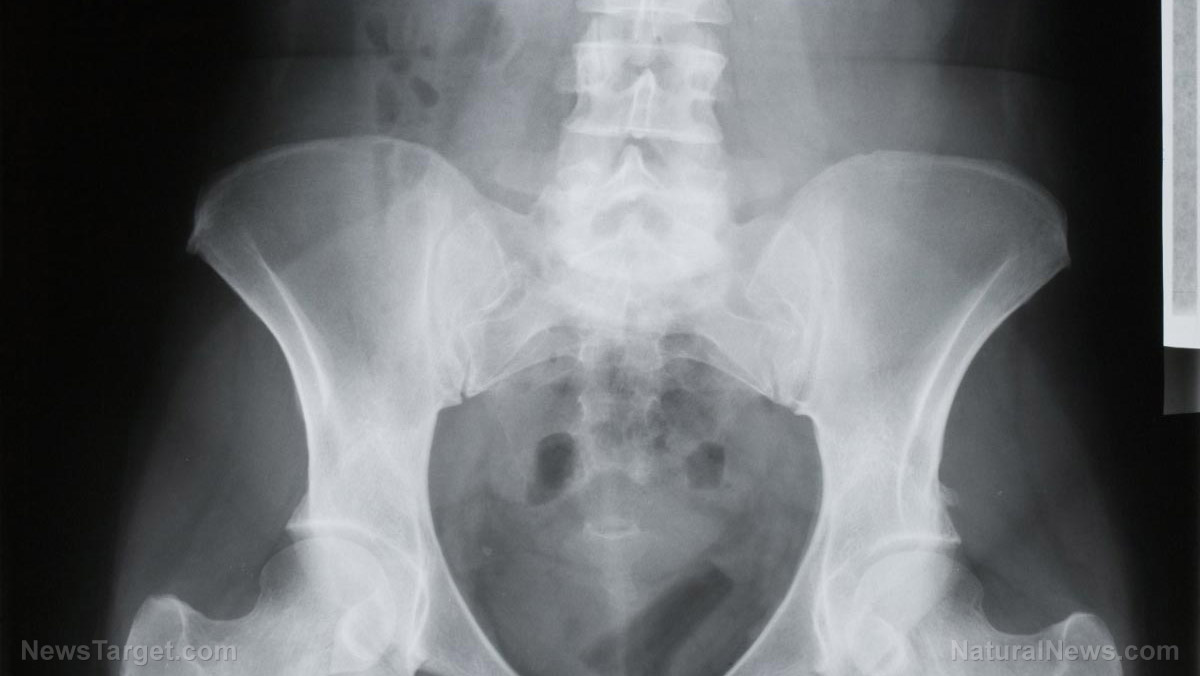Fixing broken bones for good: 3D-printed ceramic implant holds bones together before transforming into actual, natural bone
02/07/2018 / By David Williams

You may know of 3D printing as a revolutionary new solution for prototyping and small-scale production in industries such as manufacturing, but it can also be beneficial in other areas. Researchers in Australia have shown just that, as they have completed a new study that uses 3D-printed ceramic implants to heal bone injuries to the point of completion in just a matter of months. And what’s more, their solution didn’t cause any complications — whether in the skeletal systems or the immune systems of the test subjects — making it a potentially reliable form of treatment in the future.
According to a report on the new study, conducted by Hala Zreiqat and her colleagues at the University of Sydney in Australia, their method used a 3D-printed device as an implant to repair broken arm bones in rabbits during testing. They also applied the same approach in a later study, which used sheep as test subjects instead of rabbits. For the second one, they used their 3D-printed implants to heal large leg fractures. Because it also turned out successfully, the researchers felt “encouraged” that they were going in the right direction despite the small sample.
The researchers noted that the sheep were able to walk pretty much immediately after surgery following the application of their 3D-printed implants. To further aid recovery and improve stability, they equipped the sheep with plaster casts and left them on for four weeks after surgery, but otherwise allowed the sheep to heal on their own. They were then able to record, about three months post-op, that there was complete healing in 25 percent of the fractures. And it rose even further to 88 percent after one year.
What’s interesting is that the 3D-printed implants never needed to be taken out after the surgery and recovery were done. Evidently, the bones simply grew over them, with the scaffolds of the initial implants simply dissolving gradually. So, according to the researchers, the implants not only helped the bones to heal completely but also ended up creating natural bone in places where it’s missing as part of the process. And again, they dissolved where they were no longer necessary.
This could be a potentially game-changing discovery for the world of orthopedics, where similar but less effective solutions currently exist. In conventional methods, doctors need to consider the immune system of patients, as the human body tends to reject foreign objects that are placed as implants due to a difference in composition. Since the 3D-printed implants created here have been shown to naturally dissolve in the bone and never impede the healing process, it means that they cause zero issues to the human body.
In an interview with the New Scientist, Zreiqat said pretty much the same: “They god their old ones back,” she said referring to the sheep, noting that their bodies “can’t tell the difference.” That is the key to the effectiveness of the 3D-print implant-based treatment.
But while it shows great promise, more testing needs to be done to verify that this potential new treatment could be used in actual humans. What’s clear is that technology, mainly 3D printing, will continue to break new ground in the medical industry if this kind of success can be sustained. That calls for not only more research but more innovative ways of thinking.
Read more about breakthrough research in Inventions.news.
Sources include:
Tagged Under: 3D printer, 3D printing, bone health, Breakthrough research, broken bones, ceramics, future tech, healing, implants, medical science, orthopedics, prosthetics




















